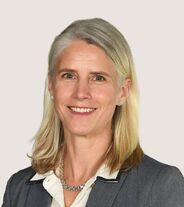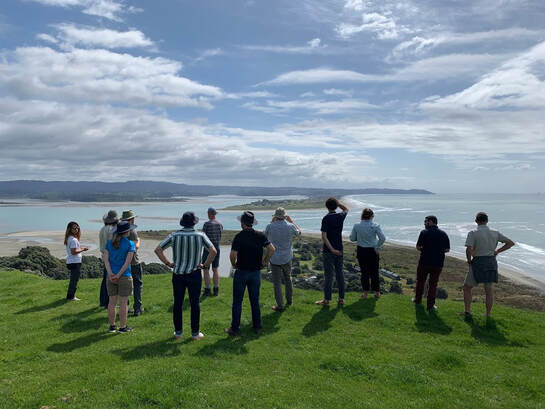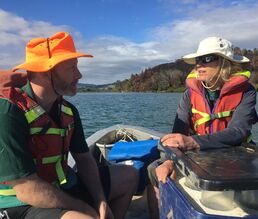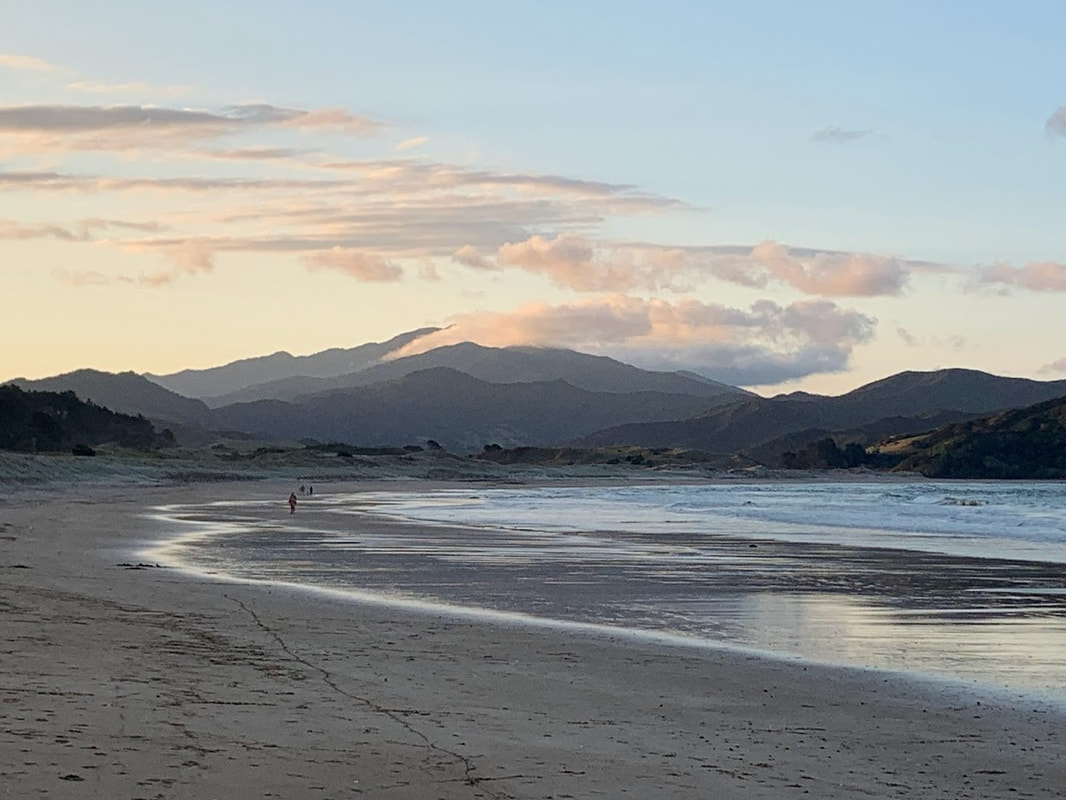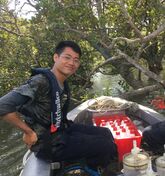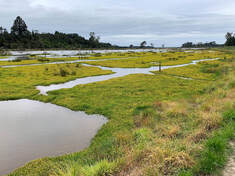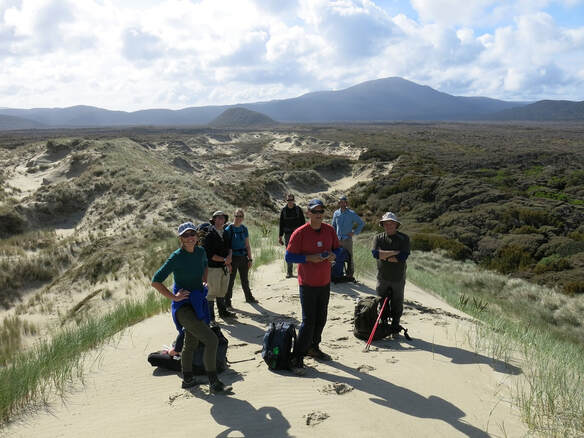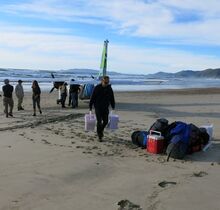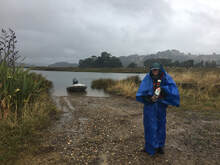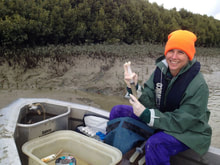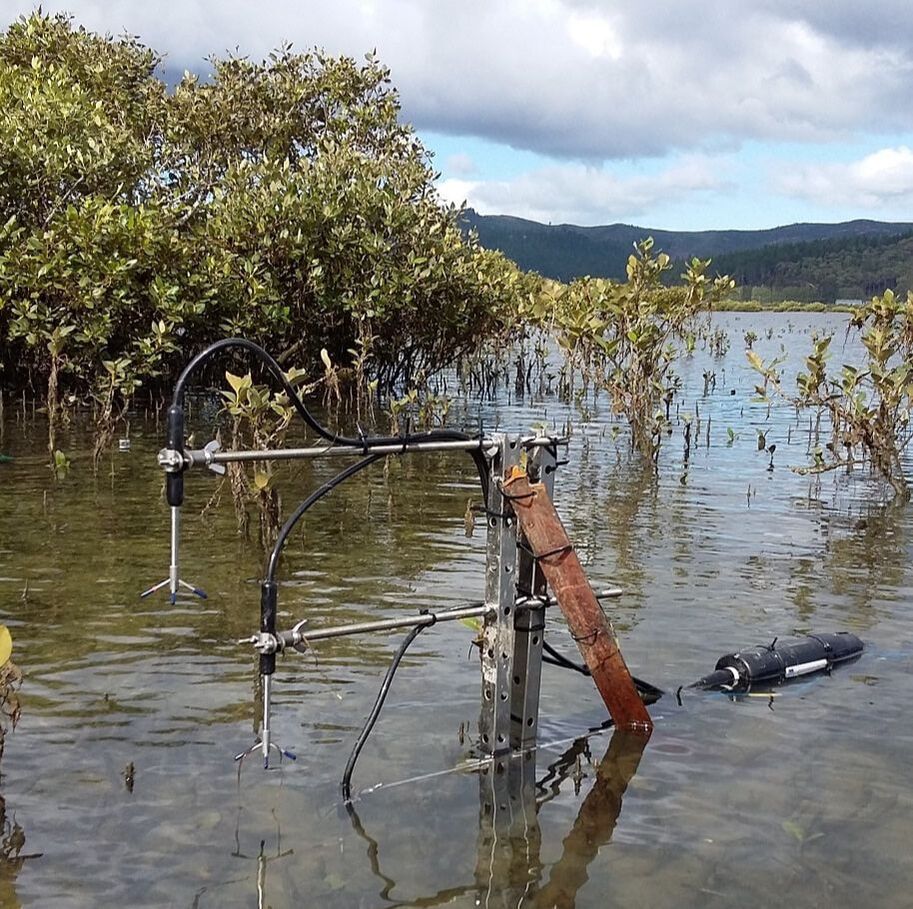|
PROFESSOR KARIN R BRYAN, FRSNZ, PhD UDalhouse, BSc (Hons) UToronto
I am currently the Dean of Te Mata Kairangi The School of Graduate Research, at the University of Waikato and I split my time between that role and being a professor in Earth and Environmental Science. Te Mata Kairangi administers all scholarships and higher degrees at the University, led by a scholarship's manager and a higher degrees manager. Together with the Research and Enterprise office, we assist the Deputy Vice Chancellor (Research) in achieving the research strategy of the University. Our aim is to attract excellent, hardworking and committed research students to the University, and provide them the resources and mentoring to achieve excellence while they are here. This will get updated soon, as I have recently taken a position in the School of the Environment and the Institute of Marine Sciences at the University of Auckland. RESEARCH INTERESTS I study controls on hydrodynamics and sediment movement in nearshore and estuarine environments and the role that these play in shaping coastal landscapes. Recently, I have focused on the role of climatic drivers and their interplay with complex morphologies that characterise New Zealand’s unique geologically-controlled coast. My research focus underpins sound management of flooding and erosion hazards, port development and the stability of coastal ecosytems. |
